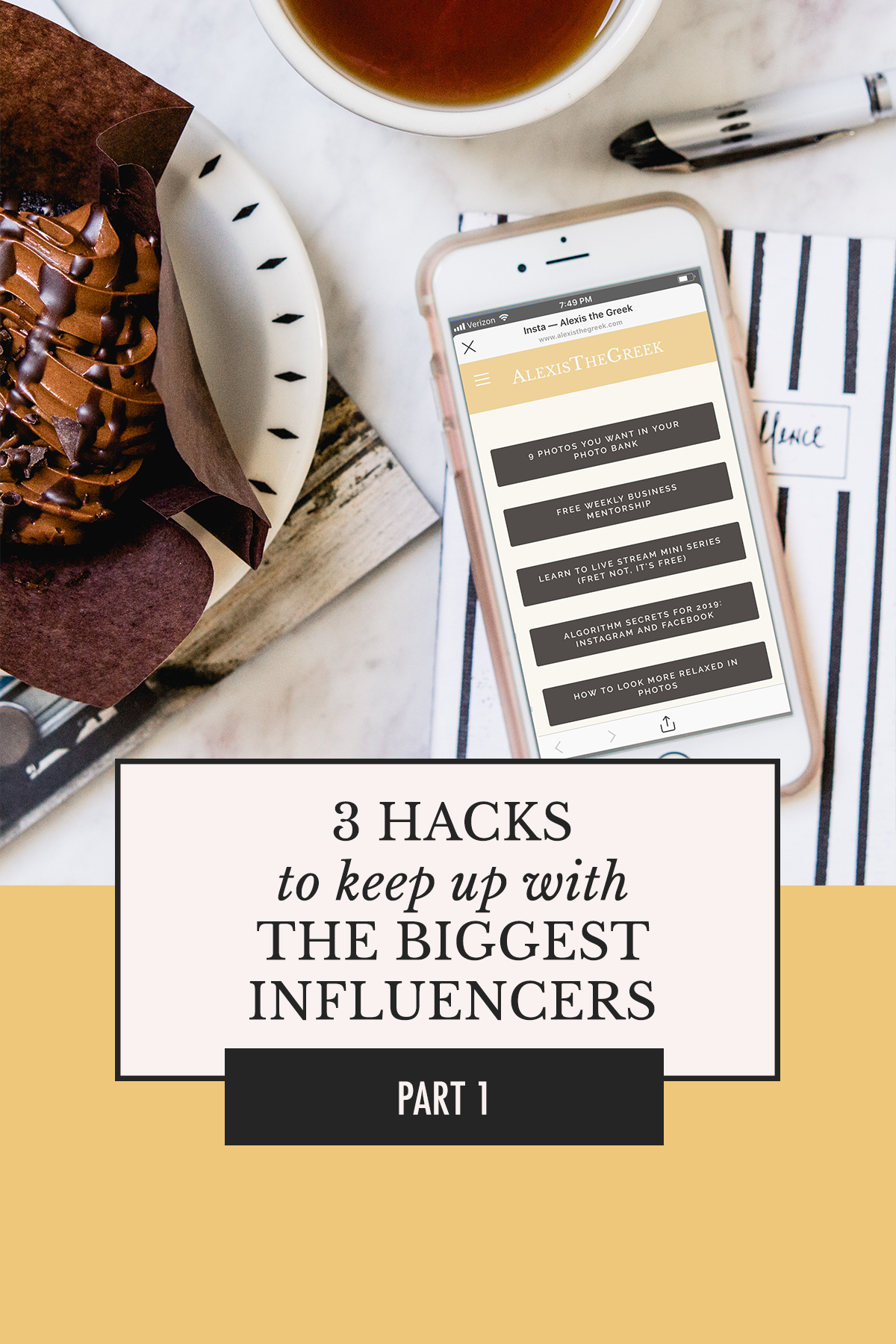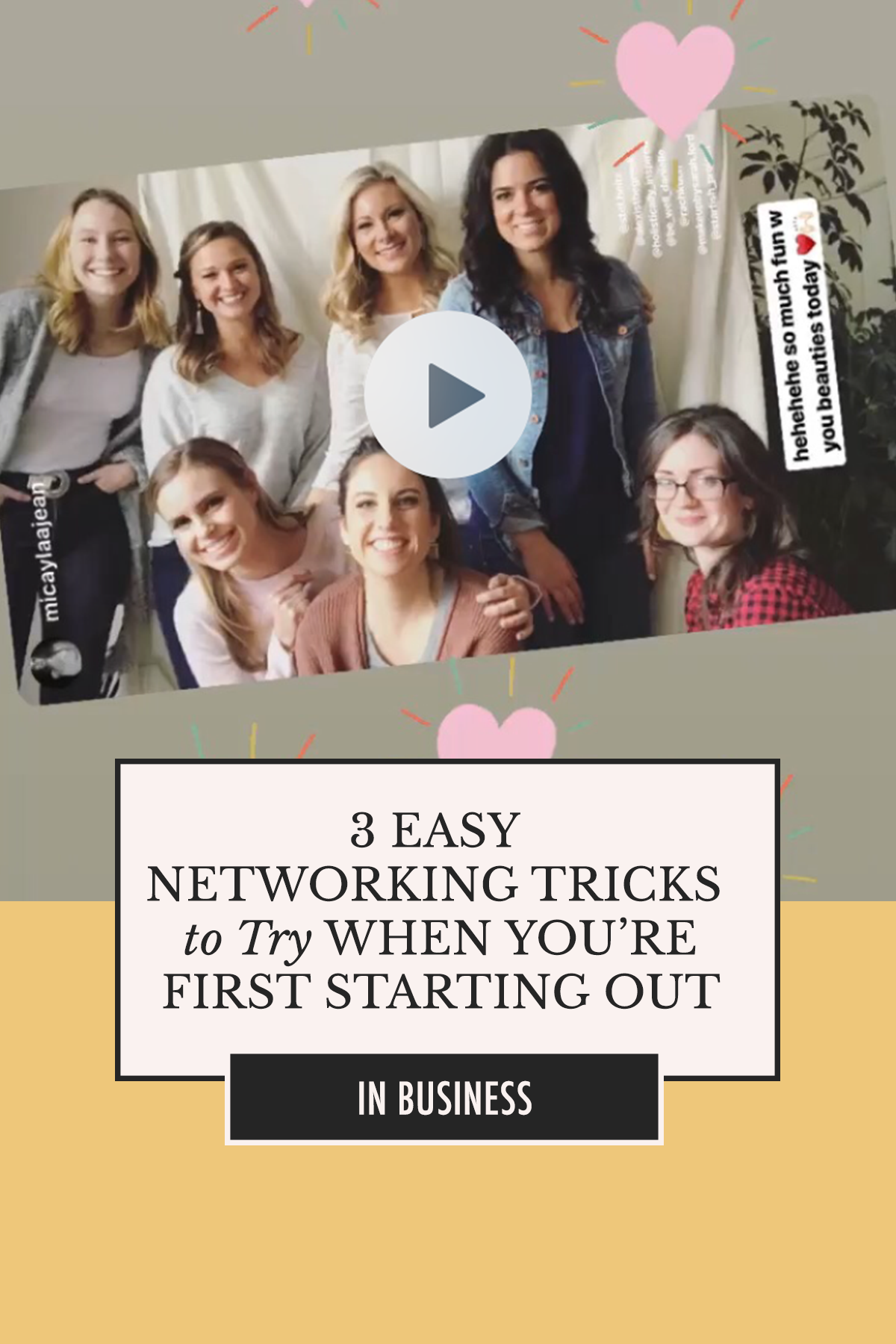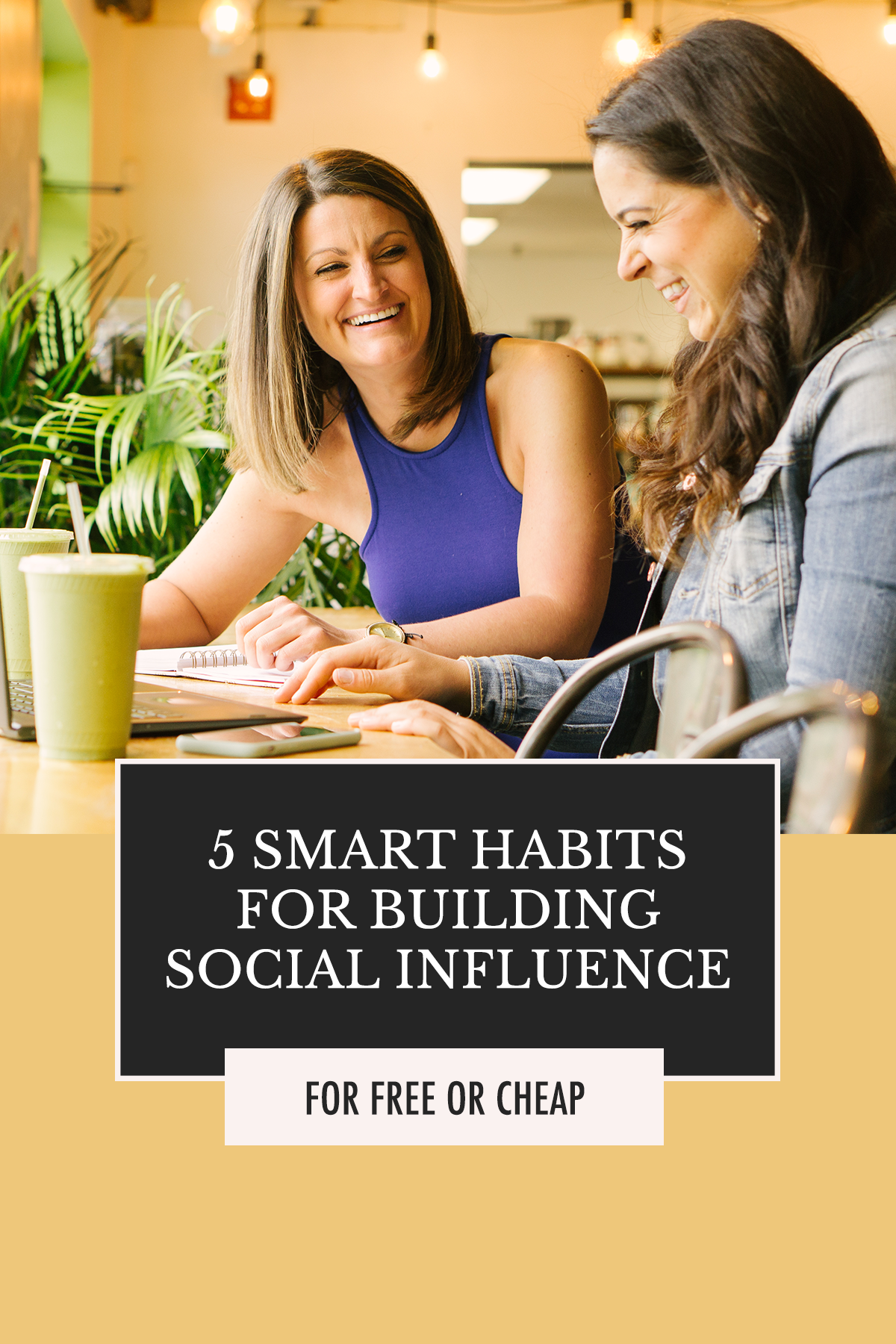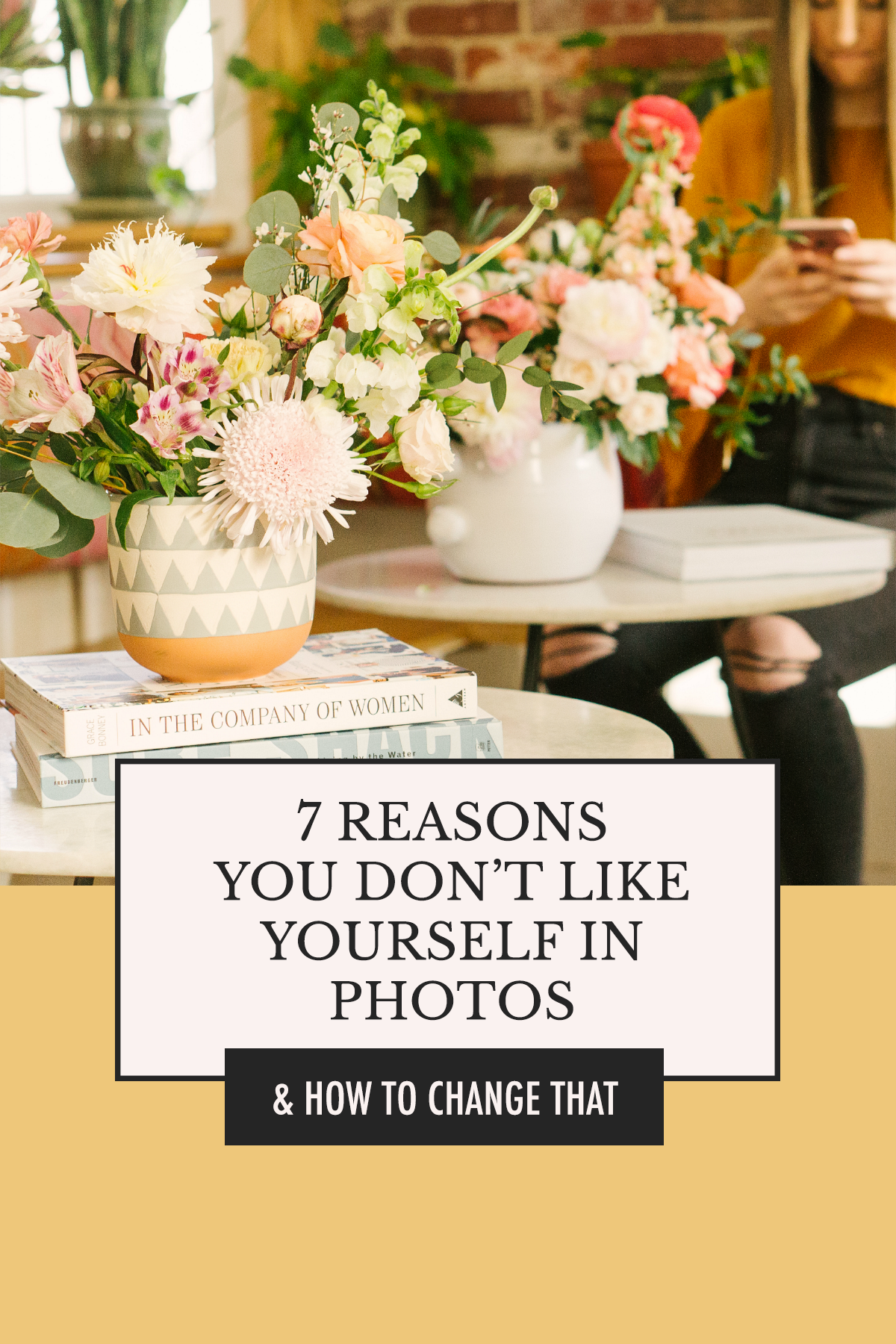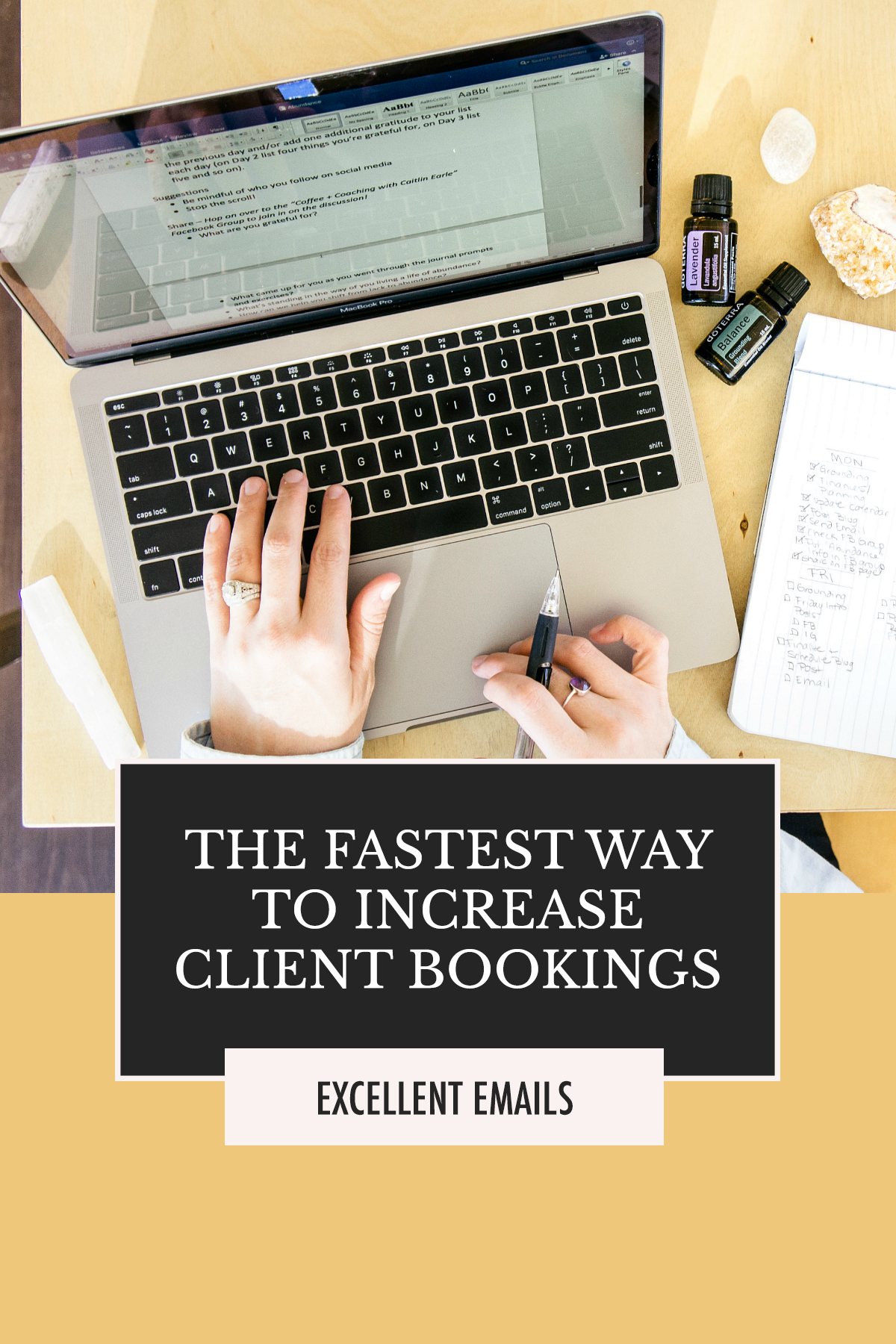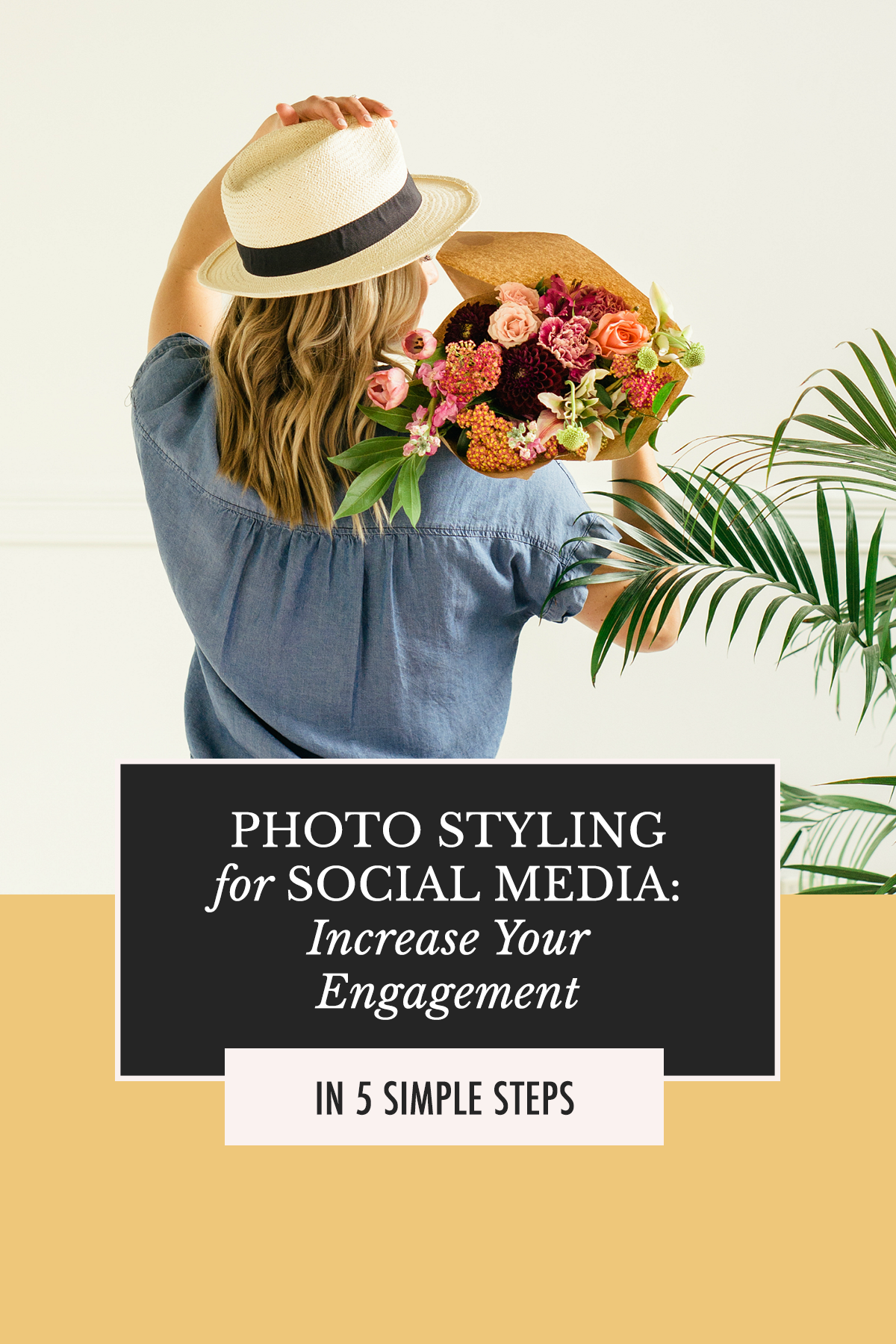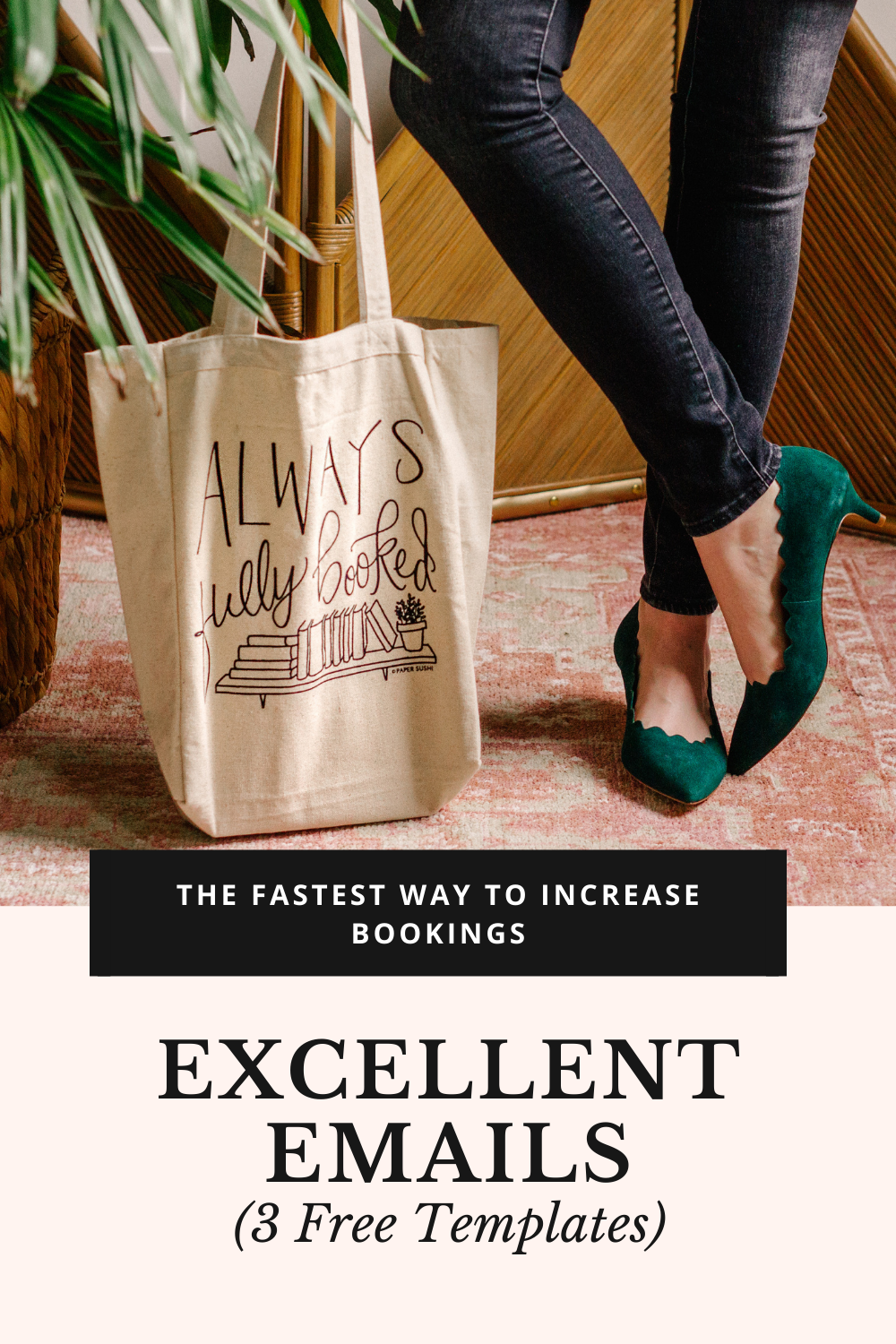4 Secrets for Starting a Business that Succeeds
Throughout the year, I’ll get requests from ambitious women I meet in Facebook groups, on Instagram, and at networking events, asking if we can connect over coffee to talk about how I got my business off the ground.
These are usually women who have a hobby or side-hustle they dream of taking full time—and I consider their invitations to be brave and forward-thinking!
I’m genuinely happy to block out an hour for this kind of thing if there’s room in my calendar, because even though I didn’t ask many business owners for their time before I got started, I did have help in other forms along the way—help that was priceless to me, and integral to my success.
Of course, as my business grows bigger and gets busier, it becomes harder and harder to carve out that time. I have a few minutes today, however, and I thought I’d write out what most often comes up at those coffee meetings.
Here are 4 “secrets” to my success. Before you skim, you should know: You can get even more insight at the links I’ve sprinkled throughout!
Here we go.
- BEFORE I LAUNCHED -
SECRET #1: I FOUND A MENTOR.
This was honestly a happy accident. If I had known to look for a mentor sooner, I might have started my business long before I did; but my organic story is that only slowly did I realize there were people all over the world who were creating their own job descriptions, breaking free of toxic corporate environments, and carving better lives out of their own talents and willpower.
As I tumbled down that rabbit hole, devouring other people’s stories, the internet started tracking me with cookies, and one day I got saw an ad for a class with a woman who, not long after, became my mentor.
I could see myself in her story: She had worked menial positions in between creative projects. She had been treated like trash in those menial jobs. There were months that she hadn’t known whether she would be able to pay her rent. And then she realized nothing was going to change if she didn’t change it—so she left her temp job, and embarked into the unknown to, she hoped, become a fashion stylist. On her own terms. And she succeeded!
I was in the middle of that story—nowhere near the part where I could storm out of my day job, of course, but pretty clear that nothing was going to change if I didn’t change it. With my mentor’s help, I learned about things like lead pages and “the free 10%”; I identified my talents and skill sets, as well as the gaps in my knowledge and ability that I needed to learn or outsource in order to work on my own.
It didn’t take long with this mentorship for me to see the clouds lifting and the light peering through. I left my day job long before I thought possible, and started making money well before most of the 50% whose businesses go under.
The question I always get at this part of my story is always, “Who was your mentor?”—but sadly, the mentor I had doesn’t offer the kind of mentorship she used to. She’s got such a large audience now that she’s focused on writing a book to serve the many instead of the few… so today, to fill that void, I offer something similar to what she offered me. I know how valuable mentorship is and what a huge encouragement it can be, so I have two ways of mentoring: group mentoring on Facebook, and paid one-to-one mentorships. To learn more about that, you can reach me here (mentorship page is being rebuilt!).
- WHEN I LAUNCHED -
SECRET #2: I NETWORKED. A LOT.
I had the good fortune of reading Chris Guillebeau’s book The $100 Startup really early in the planning stages of launching my business.
In this book, Guillebeau makes the bold claim that every business owner needs to spend only 50% of their time “creating” (doing the work they enjoy and probably the reason they started in the first place), and spend the other 50% of their time “connecting” (meeting people, building relationships, and working on the actual business).
From the very first day I was “full time,” I saw this as permission to meet people for coffee. I loved the idea that it was actually going to benefit my business to talk to people—and furthermore, that it was going to benefit my business to talk to people without trying to sell my services to them. (I talk about this more in the 3 Networking Tricks blog post I wrote a month or so ago if you want to dig in deeper on that subject!)
Which begs the question: Where did I meet people?
I met them at networking events! One in particular, Creative Mornings, was especially impactful in helping me get my business off the ground, because so many of my ideal clients hung out there.
Again, at the time, I didn’t realize it was a networking event, so it was even on my radar to be running Google searches for “networking events near me” or anything like that. This event I happened to know about because in the last position I had before I worked for myself, at a restaurant group, we received regular donation requests to contribute breakfast for it. We’d get a flyer featuring the face of that month’s speaker, always a prominent local business person. I was never able to attend because I had to be at work.
It was high on my list to take advantage of my freedom as soon as I quit by registering for the next Creative Mornings talk. I recall thinking, “I know the kinds of people who will be attending, and they’re all people I want to know.” Which, of course, is part of why the series existed in the first place, but I didn’t realize that.
I made it my mission to meet at least one person at each of these events, preferably two or three. Sometimes it was the person I’d sit next to for the seminar; sometimes it was someone whose icebreaker name tag I could comment on (“What’s something that makes you feel courageous?” “Who is your #1 role model?”—that sort of ice breaker.) Usually it was someone I wanted to know, so I’d make a point to shake his or her hand.
Other than answering when people asked, “So what do you do?” I never pitched myself to these people. I usually just invited them to coffee (if they didn’t ask me first!), where we’d make a more personal connection. This led to making friends in the community, and friends refer friends for projects, so it also led, both directly and indirectly, to work!
For more on how to meet people at networking events, check out this post.
- IN MY FIRST YEAR -
SECRET #3: I WORKED HARD ON MY BRAND AND WHAT I WANTED TO BE KNOWN FOR.
I’ve mentioned in previous blog posts, on Live Stream Tuesday, and to probably every mentee I’ve had, that in my first year, I took on a lot of jobs that didn’t light me up just so I could pay the bills. Among these jobs were:
Copyediting Amazon listings for male-oriented businesses
Building a website for a bug repellent company
Photographing product packaging for a glue conglomerate
Building lead pages for a software company
and other jobs I’ve probably blocked out (insert laughter here)
I also took on jobs with clients who were incredibly demanding, or swore that I was the only person they wanted to work with but for whom I knew I wasn’t the right fit, which caused projects to drag out and become miserable.
Obviously the whole reason I got started was to have a job I didn’t “take home with me”—to create a life that made me want to leap out of bed every morning, smiling and whistling to myself. So to ensure I didn’t continue to get “wrong for me” clients and projects, I had to show discipline in what I shared on social media and put into my portfolio.
This meant there were often long stretches when I didn’t post on social media, which was disheartening; many of the women I looked up to in the creative community who were years ahead of me were posting on Instagram and their blogs multiple times per week. I could literally go months without posting anything, which made me worry that people in my life and community thought I wasn’t getting any work, and that by extension, I wouldn’t ever be entrusted with the kind of work I wanted to attract.
Of course, as long as money was coming in, I was succeeding on what was, to start, the most important level: paying my bills. Still, social proof was important to me, so I had to ask myself every time I was tempted to showcase my latest work, “If this leads to even one more client exactly like this one, will that be okay with me?” If the answer was no, even if I’d already put together glimmering content to share, I’d tuck it into a folder on my computer rather than send it out into the world.
While this was happening, I worked hard to get clearer and clearer on the kinds of work I did want to attract. Every once in a while, if several projects in a row were hard, I allowed myself to face the possibility I had entered the wrong industry; but fortunately, whenever this happened, I was offered the chance to work with someone who was my ideal client, and the work filled me with such joy I knew I was, indeed, on the right track—I just needed to attract more work like what I enjoyed!
Slowly I figured out creative ways to get in front of the people whose business I wanted most. I did barters and trades in order to pad my portfolio; I agreed to or pitched collaborations in order to cross-leverage different people’s audiences. And gradually, more and more of my referrals came from people with the “right” aesthetic, budget, needs, and values, so that the majority of my work was pleasant for me, and (bonus) what I shared with the world became more consistent and cohesive.
- THROUGHOUT -
SECRET #4: I CREATED QUALITY CONTENT FOR MY IDEAL CLIENT.
I’ve mentioned my “ideal client” at several points in this post, and I just want to clarify quickly what this means, so that everything I say after this makes sense.
An “ideal client” is the type of consumer you most want to work with. The description can start out as vague as something like “first-time homeowners” and become as deep and involved as “first-time homeowner couples between the ages of 25 and 35 with a combined annual income of $175K a year, living within a 25-mile radius of the Georgetown, who own at least one dog.”
My ideal client, when it comes to the broad strokes, is a “creative professional.” More specifically, I tend to target female business owners between the ages of 25 and 34, trying to live sustainable lifestyles, who work on their own or with remote teams of fewer than 5, in the content-creation or service/education-based space, and who are looking to scale to 6-figure incomes, write books, and speak at prominent conferences such as Create & Cultivate.
Pretty specific, right?
Because I’m so specific about whom I want to work with, it’s much easier for me to create the kind of content I am 100% sure will attract that kind of person than it would be if I catered to a wider audience. (If you wanted to attract a man who rides a Harley, you probably wouldn’t dress like Penelope Garcia on your first date, right?) I want to create the kinds of blog articles, Instagram posts, and online courses that these people need to get closer to their goals and scale to the six-figure level.
While I haven’t been awesome at this from the onset, I’ve tried to consistently produce value when I’ve seen the need—and as much as possible, do it for free. So if someone in one of my Facebook communities has a copywriting question I can answer, or a web design question or anything else in my niche, I not only answer them, I also create a blog post out of it, so that I can share it with others later.
This habit has resulted in people writing to me to say things like, “Oh, my gosh! I love your blog!” or, “I bookmarked your website and now I check it every day.” These are my ideal clients—and when I release new products and offerings, they are first in line to buy.
What stage are you at in your business? Tell me in a comment below! And as always, if this article was helpful for you, be sure to pin it so you never lose it. When you’ve tried some of these tips, come back and tell me how it went for you! I can wait to read your stories.
HELLO! MY NAME IS ALEXIS.
Coffee lover, day dreamer, foodie, and creative. I believe in doing what you can with what you have where you are. I blog to help you do more with what you have. I hope you love it here!




